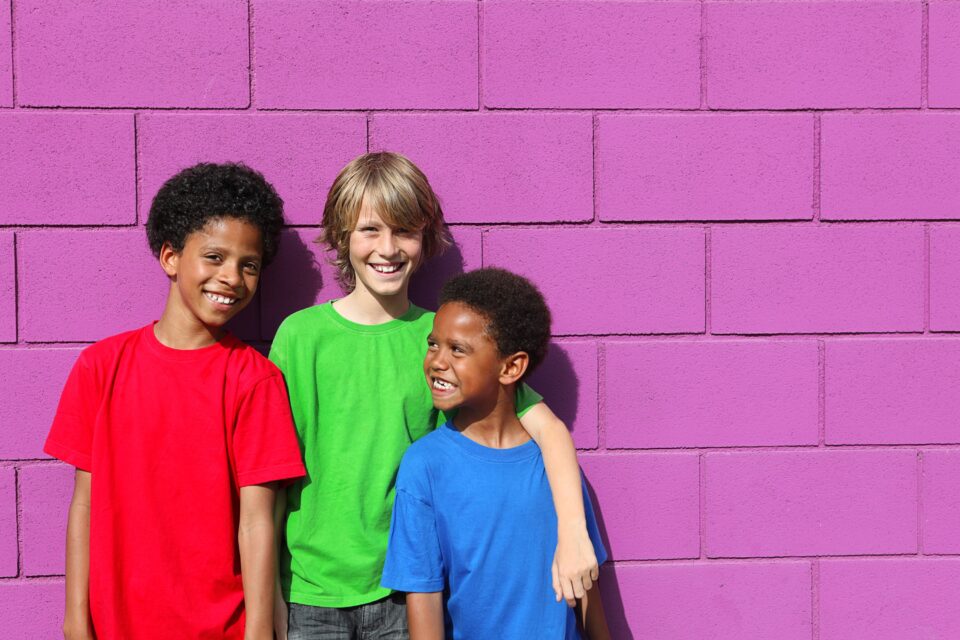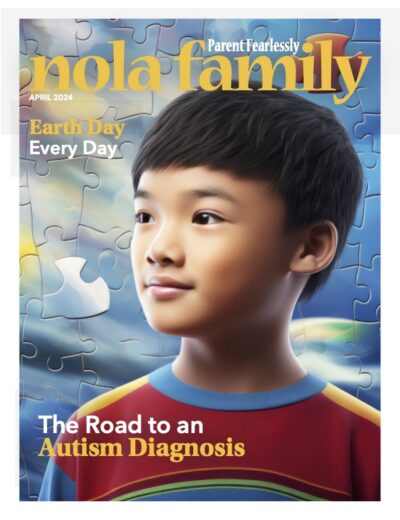
Teaching Tolerance to Your Children
Children notice differences in gender and race—boys and girls, black children and white children. They begin constructing personal and social identities before they can even talk about them. They pick up on the way we talk to others or avoid them, the way we value and respect people who are the same and, especially, who are different. Early childhood is the best time to learn about diversity and prejudice; it’s therefore the best time for teaching tolerance to our children.
When young children can talk, they’ll begin to notice and comment on differences. If not discouraged, three year olds will ask questions. And by the time children are in elementary school, they are aware of the different ways people are grouped, identified, stereotyped.
Going with a “color blind” approach denies this observation; children can see that people are different. Parents and teachers who name differences and give all children their personal and group identities are in a better position to encourage attitudes of equality and learning and discourage negative stereotypes and discrimination.
what can parents and teachers do?
Instead of avoiding them, encourage thoughtful and respectful conversations about the differences your children see. As soon as children can hear language, they begin to understand the connotations that words and tones have. Notice how you talk about people and differences; be aware of your own attitudes and how they come across. Think about whether your values and beliefs create a world of opportunities to connect with other people, or set limits that make your family’s world narrow.
At about three years old, when children are moving to a more social peer interest, they are developmentally prone to favor their own groups, identifying with other people who are like them. This is a good time to talk about differences and to name the ways people are alike as well as different—giving value to both. By giving children the language and the freedom to express what they see, you start a conversation that can go on throughout their development.
Fred Rogers said, “Anything that’s human is mentionable, and anything that is mentionable can be more manageable.” When we value difference and diversity at a young age, we set them up to talk about the problems they see with racism and sexism and teach them to be critical thinkers.
Should parents and teachers provide diverse books and other materials? Is that enough?
That’s a good first step. Children benefit by being in environments that are visually inclusive. But a recent study by Birgitte Vittrup at the University of Texas on how parents and teachers can affect children’s understandings of race had some important results. Adults who depend only on multicultural materials did not affect a change in children’s attitudes about race. Even going the next step and teaching “we are all equal” did not change opinions. Only parents who brought up the subject of difference, including race, and talked about their feelings and values got the message across to their children.
Vittrup made one more interesting and unexpected discovery: many white parents dropped out of her study when they found out they would be expected to talk to their children about race beyond, “We are all the same under our skin.” Of those who agreed to do it, many more found they couldn’t follow through. So the challenge, as with so many things, is to get started. Try, “You and Lisa are good friends; I see you both like trains. How are you the same? How are you different?”
Children need their adults to talk about race the same way we talk about other real things that give children their groups. The most challenging questions and issues we face with children do not have easy answers—that’s what makes them challenging. When we give them information and guidance appropriate to their development, we encourage them to consider and reconsider social “rules,” instances of bias, inequality, and more. We raise Thinkers. And I think we can all agree that’s good.
Jenni Watts Evans is a parent educator at the Parenting Center at Children’s Hospital. For information, call 504.896.9591, visit the parentingcenter.net, or email parenting@chnola.com.

